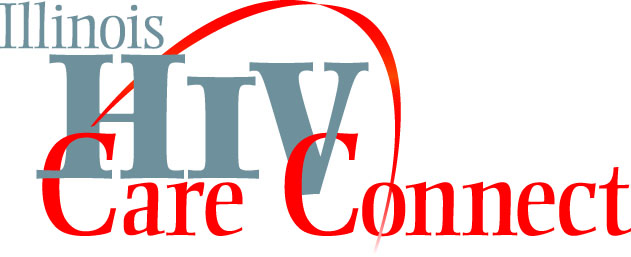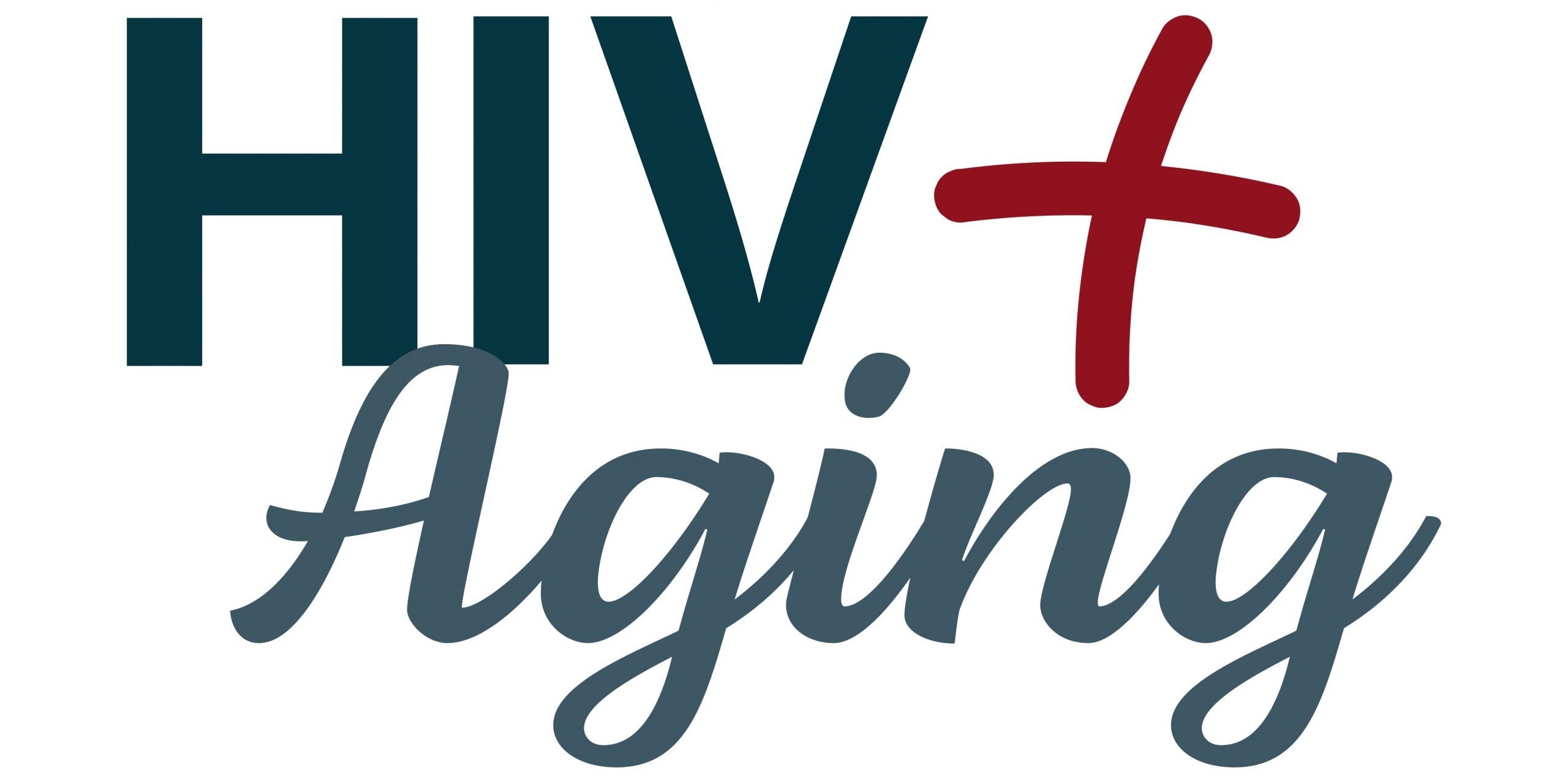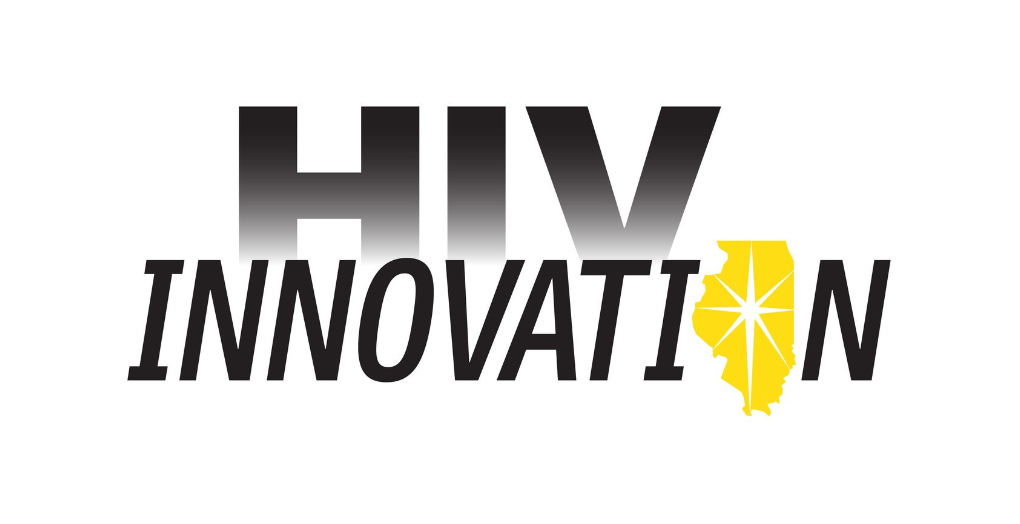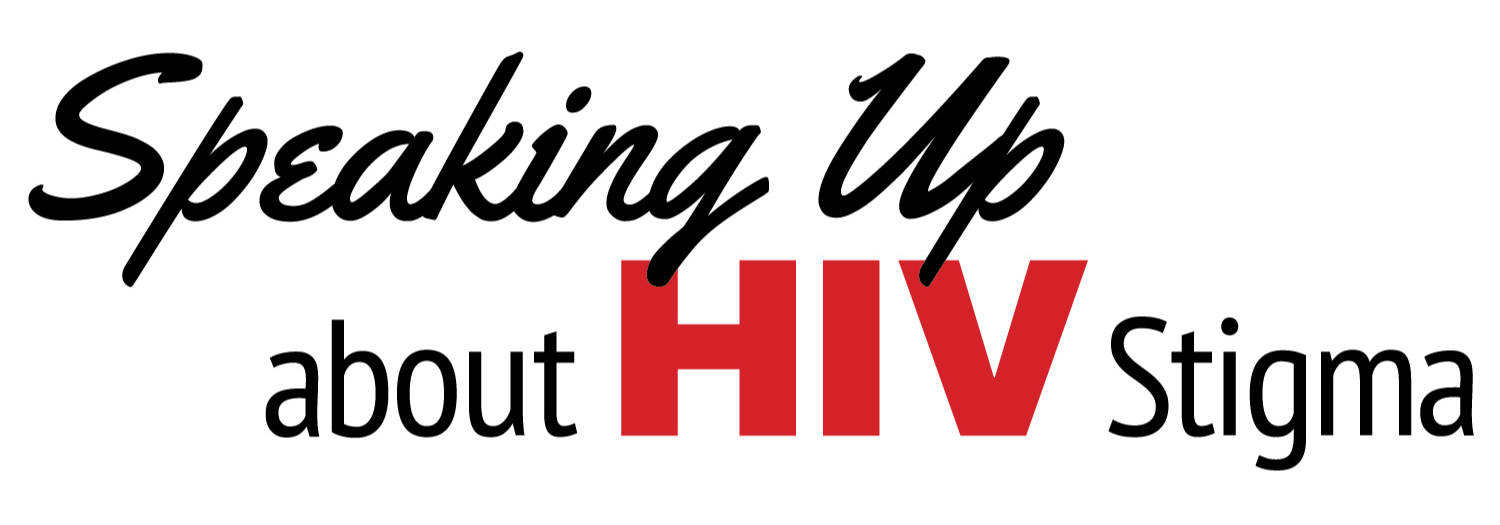HIV diagnoses have been steadily decreasing among Illinois youth overall for the past several years; however, trends varied for different groups of youth, according to the Getting to Zero HIV Illinois Dashboard.
New cases of HIV among young women and young men age 13-29 have both decreased in Illinois. New cases among men who have sex with men (MSM) in this age group have also decreased, according to the dashboard.
Among individuals aged 13-29 in Illinois during 2020, there were 433 HIV diagnoses among cis-men, 70 among cis-women, and 15 among transgender individuals, per the dashboard. Cis-men and cis-women identify as the gender assumed at birth.
The transmission categories for new diagnoses among all individuals age 13-29 in 2020 were as follows:
- 323 by male-to-male sexual contact
- 115 unknown/other
- 58 by heterosexual contact
- 14 by transgender contact
- 8 by injection use
New HIV diagnoses for all individuals age 13-29 in 2020 by race/ethnicity were as follows:
- Black/African American: 300
- Hispanic/Latinx: 111
- White: 72
- Unknown: 28
- Asian/Pacific Islander: 7











